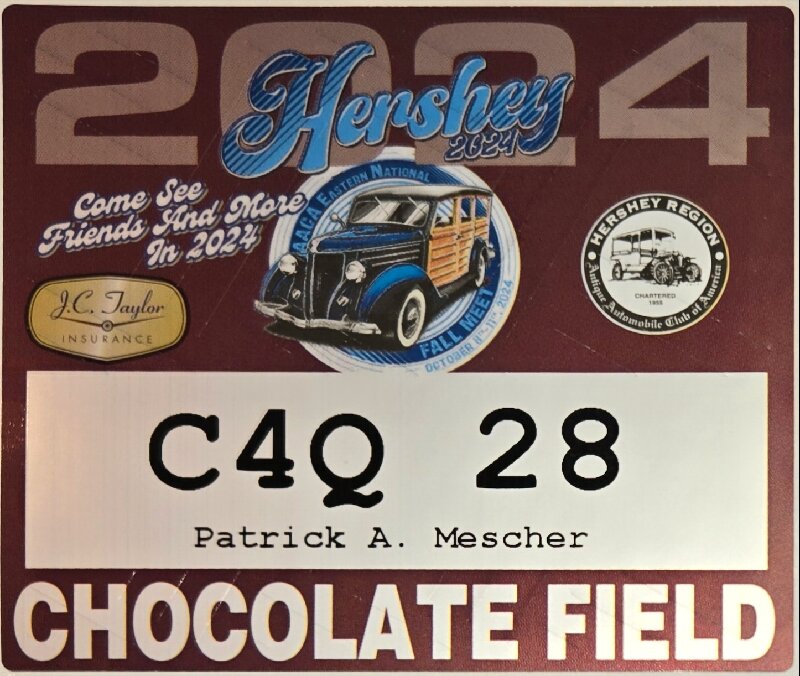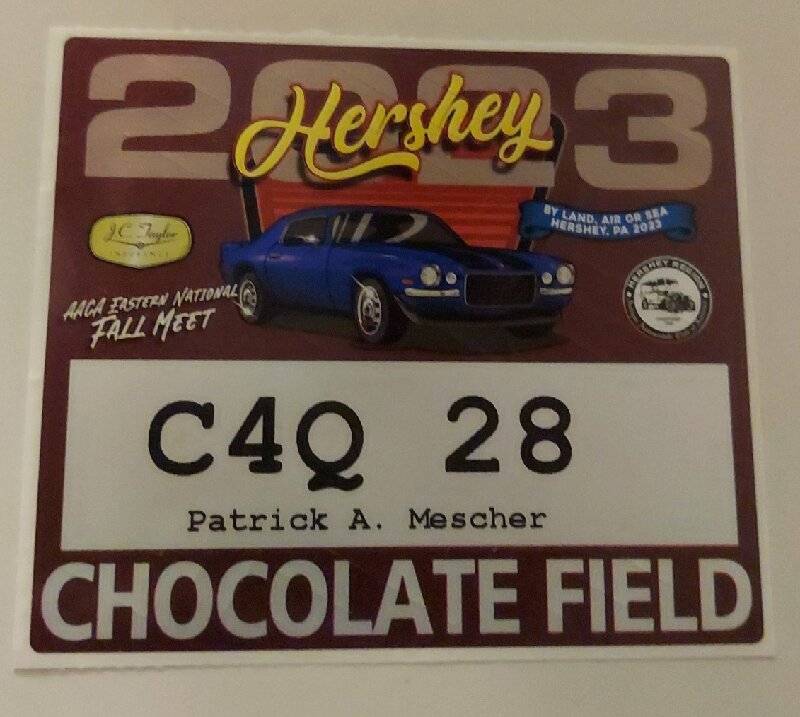|
Re: Wanted - Speedo drive gear
|
||||
|---|---|---|---|---|
|
Home away from home
|
Well, unless you are using a Hudson or motorcycle speedometer, the input cable speedometer will still be 1000rpm=60mph.
Posted on: 2/9 17:36
|
|||
|
||||
|
Re: Wanted - Speedo drive gear
|
||||
|---|---|---|---|---|
|
Home away from home
|
You'll need to know the rear axle ratio to ensure the right number of teeth on the driven gear (17,18, or 19 teeth, I think).
See the parts manual on this site to look it up. Pat
Posted on: 2/9 10:51
|
|||
|
||||
|
Re: PLEASE READ - IMPORTANT
|
||||
|---|---|---|---|---|
|
Home away from home
|
Done. Long live the Jackard.
Posted on: 11/30 13:53
|
|||
|
||||
|
Re: 1933 Packard Speedometer installation
|
||||
|---|---|---|---|---|
|
Home away from home
|
Did you succeed at the installation? Have any photos?
Posted on: 2024/11/23 14:05
|
|||
|
||||
|
Re: 1933 Packard Speedometer installation
|
||||
|---|---|---|---|---|
|
Home away from home
|
Glad you found your answers. Sorry I couldn't help.
Posted on: 2024/11/15 20:43
|
|||
|
||||
|
For Sale: NOS 55 Speedometer, fully serviced
|
||||
|---|---|---|---|---|
|
Home away from home
|
This is a new old stock, King Seeley speedometer in its original box. I just finished cleaning out the old dry grease and oil, relubricating and calibrating it.
$250 Attach file:  20241018_113305.jpg (421.90 KB) 20241018_113305.jpg (421.90 KB)  20241018_113151.jpg (697.69 KB) 20241018_113151.jpg (697.69 KB)  20241018_113212.jpg (479.40 KB) 20241018_113212.jpg (479.40 KB)  20241018_113301.jpg (772.33 KB) 20241018_113301.jpg (772.33 KB)
Posted on: 2024/10/24 10:58
|
|||
|
||||
|
Re: AACA Eastern Fall Meet – Hershey Region 2024 (AKA Hershey)
|
||||
|---|---|---|---|---|
|
Home away from home
|
I'll again have the Speedometer Shop space in Chocolate North, C4Q-28.
However, I am usually out Packard ans speedometer shopping.
Posted on: 2024/10/1 12:10
|
|||
|
||||
|
Re: '39 Six Club Coupe Tach
|
||||
|---|---|---|---|---|
|
Home away from home
|
The Tachometera did indeed have two hands. One was stationary and attached via a knob inside the glass so the user could set a reference point similar to later tachs. The rest of the unit is nearly identical to the speedometer internals. I have three or four of these in my shop and one of the right angle adapters. But have never seen the generator itself as big Kev mentioned.
Posted on: 2024/8/14 18:15
|
|||
|
||||
|
Re: AACA Eastern Fall Meet – Hershey Region 2023 (AKA Hershey)
|
||||
|---|---|---|---|---|
|
Home away from home
|
Kev, All,
My speedometer biz soace is C4Q-28 in chocolate north. I don't spend all my time there, however. Like most of you, I am also looking for goodies in the flea market and hope to meet those of you i havent before in the Packard area. Pat
Posted on: 2023/9/26 7:50
|
|||
|
||||

 73315.jpeg (453.52 KB)
73315.jpeg (453.52 KB)







